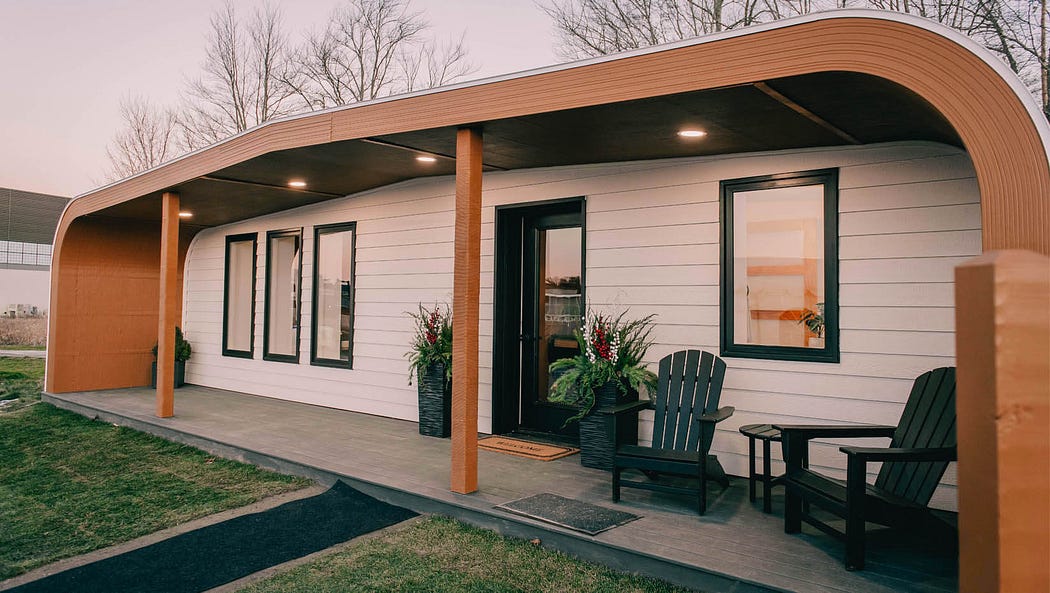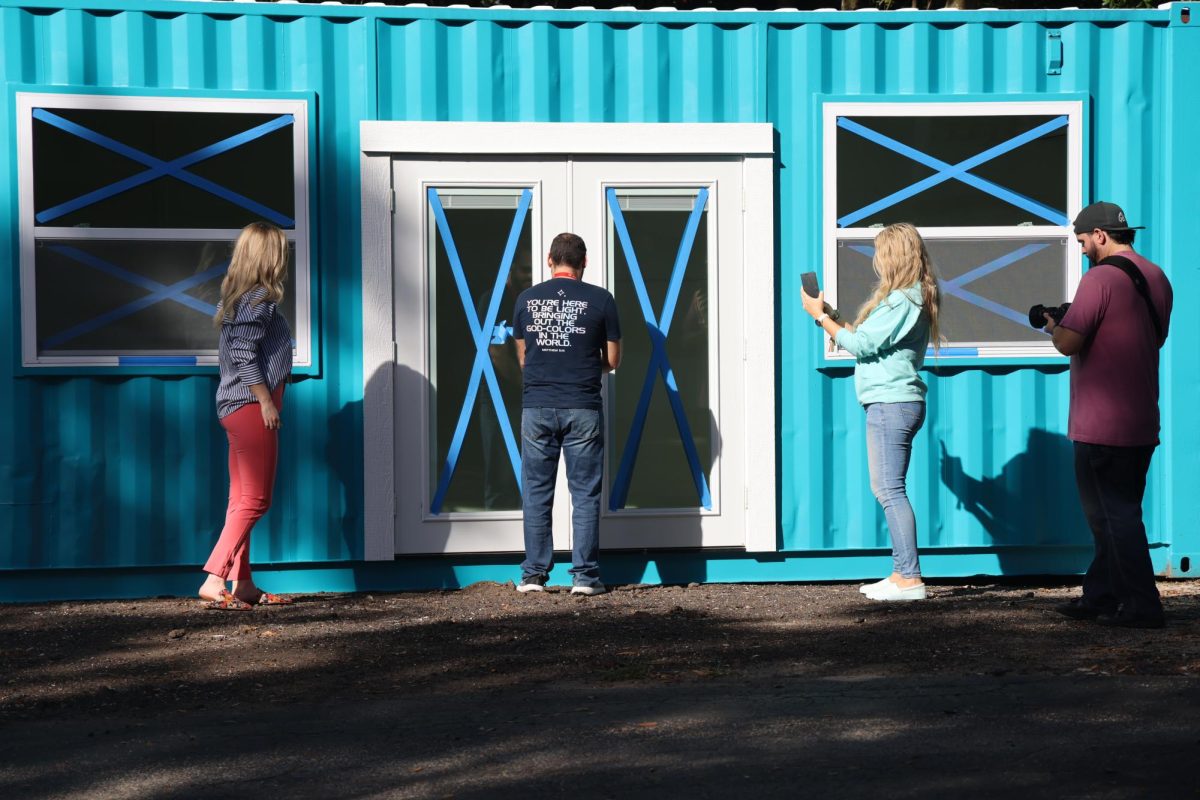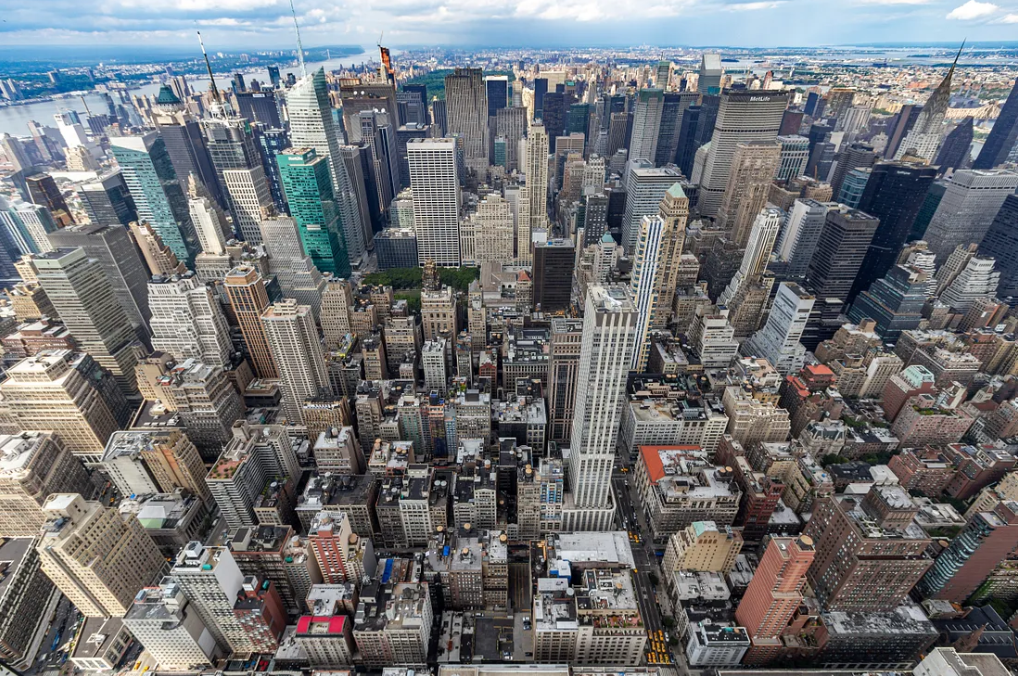In the grand tapestry of human existence, the desire to create has remained an unyielding force. From the ancient marvels of Stonehenge to the modern metropolis of New York City, humanity’s drive to shape the world to its needs has been unwavering. The transformation of once-unforgiving marshlands into concrete bastions of human ingenuity stands as a testament to our innate ability to forge comfort in even the harshest of environments. This unyielding pursuit, born of necessity, birthed the construction industry — a global behemoth that significantly contributes to our evolutionary progress.
However, unless proactive measures are undertaken through new regulatory frameworks, the industry’s emissions and pollutants might tragically contribute to our downfall. The indispensability of the construction industry within contemporary society is self-evident. Wherever human populations emerge, infrastructure invariably follows to sustain and accommodate these societies.
The outcome is a bustling landscape of buildings and structures, constituting one of the world’s foremost industries that commands a staggering 15% share of the global GDP, as per the DBA’s Global Construction Report. The ubiquity of construction’s impact on human life further accentuates the imperative of reigning in its environmental footprint. With buildings and construction accounting for a considerable 39% of worldwide emissions — equivalent to a staggering 10 gigatons of CO2 emissions annually, according to data from the International Energy Agency — a compelling case emerges for stringent industry regulation.
This carbon output even surpasses the notorious emissions from the transportation sector, which is responsible for 28% of the global carbon footprint. Efforts to mitigate this environmental impact must commence with a meticulous examination of the sources responsible for these potentially catastrophic emissions.
The UN’s 2022 Global Status Report for Buildings and Construction underscores one crucial facet: the substantial carbon cost linked to the production of prevalent building materials, notably steel, concrete, and cement. These materials collectively account for 8% of the building and construction industry’s global carbon emissions. Concrete, a foundational material in more than half of all structures, is especially emblematic of this challenge. The production of concrete exhibits a nearly one-to-one ratio between the material and the carbon emissions it generates. For every unit of concrete produced, a corresponding 0.93 units of CO2 are released into the atmosphere. Consider the construction of the New World Trade Center, which utilized a staggering 425,000 cubic yards of concrete. Translated, this equates to an astonishing 1.7 billion pounds of CO2 emissions — a figure akin to the release of 297,202 tons of coal emissions from a single edifice. Gazing upon New York City’s skyline could be equated to witnessing the entierty of North America’s coal reserves.
However, this represents only a fraction of the carbon emissions attributed to the construction industry — merely 8% of the total. The remaining 30% stems from the energy demand associated with maintaining habitable environments within these structures, necessitating electricity and natural gas usage for cooling during summers and heating through winters.
The path toward a sustainable future is paved by improved design principles and the establishment of stringent building codes. Through these means, our cities, towns, and homes can be crafted for efficiency, both in terms of their construction and their ongoing energy consumption.

Choosing sustainable, renewable, materials.
Revolutionizing the sustainability of our structures begins with reconsidering the materials from the very foundations of our conventional understanding. Instead of defaulting to resource-intensive steel and concrete, an innovative approach involves harnessing the potential of bamboo. In the realm of low-rise constructions, bamboo emerges as a viable alternative. This organic material boasts an impressive combination of qualities, rendering it not only environmentally friendly but also a practical solution.
Bamboo, as a building material, introduces a new paradigm. Its inherent lightness and flexibility are complemented by an inherent strength that allows it to withstand substantial pressure, resulting in exceptional durability. A notable advantage of bamboo lies in its unique structure, featuring natural air gaps throughout its composition. This characteristic transforms bamboo into a natural source of insulation, contributing to energy efficiency within constructed spaces. Furthermore, should the need arise, bamboo gracefully returns to the Earth, being biodegradable and conducive to composting. This stands in stark contrast to the recycling-intensive processes inherent to materials like concrete and steel, which unfortunately contribute to their carbon footprints.
What sets bamboo apart from traditional wood is its extraordinary rate of growth and replenishment. The illustrious Moso Bamboo, for instance, surges skyward by up to three feet in a mere day’s time, a remarkable feat dwarfing the progress of an oak tree, which attains that same height over an entire year. This rapid growth cycle positions bamboo as a sustainable and regenerative resource, aligning harmoniously with the principles of eco-conscious construction.
In addition to bamboo, Bio Resin takes center stage as a transformative contender in the construction landscape. Developed from renewable plant-based polymers and oils, Bio Resin embodies a pragmatic and forward-looking choice. This innovative material finds a champion in the University of Maine, as it propounds a groundbreaking proposition for affordable housing projects. By replacing traditional, petroleum-derived plastics with Bio Resin, construction gains a greener dimension, substantially reducing the carbon footprint associated with the building process.
In our journey to engineer more sustainable structures, we are presented with a menagerie of alternatives that challenge convention and elevate our commitment to environmental harmony. By adopting materials like bamboo and Bio Resin, we can be the heralds of a new era of construction that harmonizes innovation, durability, and carbon responsibility.
Energy-efficient design.
A well-engineered design is a foundational factor in minimizing a building’s ecological impact. By optimizing the use of materials, energy, and resources; we can see reduced waste and a lowered carbon footprint of a project. The effective design of a building takes into account the natural environment and the lifecycle of the building. By integrating sustainable practices from the outset, design empowers construction to evolve beyond mere functionality, ushering in a future where buildings coexist harmoniously with the planet and contribute positively to our global ecosystem.
Conclusion
In the intricate weave of human history, our unwavering drive to shape the world has led to the construction industry’s monumental role in our progress. Yet, this very industry, vital to modern society’s infrastructure needs, grapples with the weight of environmental consequences — accounting for a staggering 39% of global emissions. The urgency of this challenge demands a radical shift in materials and design principles. Bamboo, with its durability, insulation, and regenerative growth, stands as a beacon of sustainable construction, while Bio Resin’s renewable properties present a greener alternative. Energy-efficient design further underscores the path to a harmonious coexistence between our creations and the planet. This transformative narrative unites innovation, responsibility, and redemption, urging us to script a legacy of sustainable triumph within the evolving story of construction and carbon.











































